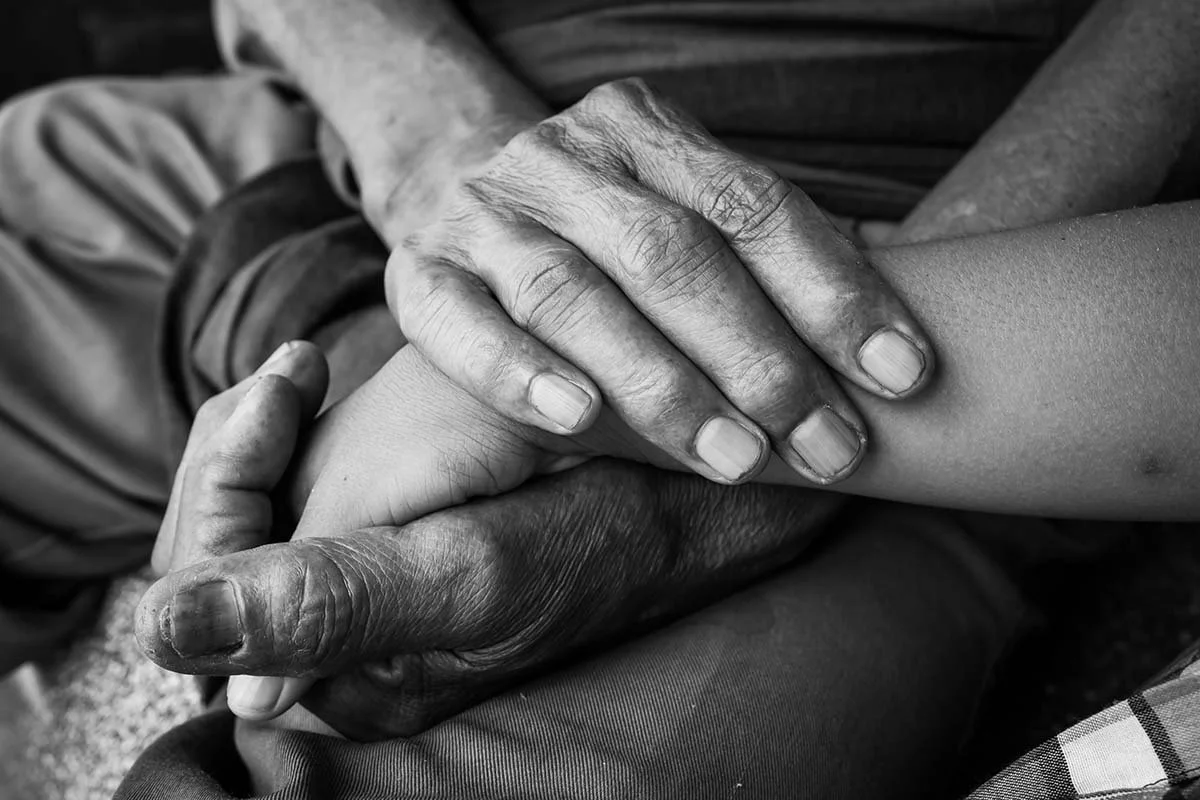From the moment we wake, headlines scream at us and videos cause our stomachs to lurch. It’s tempting to tune out when paying attention can be overwhelming, but a multitude of voices remind us that the time for compassion is now. We’re not strangers to threats to humanity and the planet. The impacts of climate change, social injustice, war and the suffering these forces cause are very present.
Leading for a More Compassionate World
Compassion in leadership is exactly what is needed in these challenging times. Trailblazing leaders already bringing this approach into their organizations see the positive impact and change, and at the same time recognize that the path is not easy. If we are to lead compassionately, we must first be willing to non-judgmentally acknowledge things as they are, not as we wish they would be.
The Firefly Effect
Organizations that prioritize compassion, safety, connection and belonging are still in the minority and countercultural to our traditional organizational and belief systems. The community of dedicated compassionate leaders who want to contribute to a more compassionate world still faces many challenges within mainstream work culture. How do we continue to stay resourced and motivated? Find out...
The Five C's of Accountability
When we ask people at the start of our trainings about their curiosities around compassionate leadership, one of the most common questions is, “How can I be a compassionate leader and hold people accountable?” At the Center, compassion and accountability are completely aligned. Discover the five Cs of accountability – five contributors to holding people accountable while leading compassionately.
Compassionate to a Fault
Some people give and give and give of themselves until they don’t have any more to give. Is there a point where the giving turns counterproductive; when someone is “compassionate to a fault?” This can and does happen, and when it does, it shows the need for awareness of one’s own needs, the value of boundaries, and the importance of understanding what compassion truly is.
What is Compassionate Leadership?
Compassionate leadership has the power to create thriving workplaces with employees who flourish. So, what is it? At the Center for Compassionate Leadership, we define it as treating those you lead with compassion in all situations and creating a culture of compassion that supports the flourishing of everyone connected with that culture. Let’s explore further...
What is Compassion?
Compassion Is a Verb
Leaders are doers by nature, which is helpful when it comes to compassion. Skillfully moving compassion into action is how we create safety, connection and belonging for ourselves and for others. Compassion is the path we follow to support us through the uncertainty and challenges of the moment. Read about these three approaches to weave more compassionate action into your path of thriving.
My Uncompassionate Boss
One of the most common questions we are asked at the Center for Compassionate Leadership is, “What do I do if my boss is not compassionate?” Navigating a compassionate path with an uncompassionate boss or other person is never easy. Let’s explore how to courageously take on this challenge, and in so doing, perhaps discover a new level of mastery in compassionate leadership.
We Are Not Alone
Our drive to achieve and accumulate comes from a place of wanting to create safety. It also comes with a terrible cost. The more we succeed at setting ourselves apart, the lonelier it becomes. The good news is that we are also wired to care for each other. Recognizing our interconnectedness supports us in leading in order to thrive individually, in communities, and in organizations.











